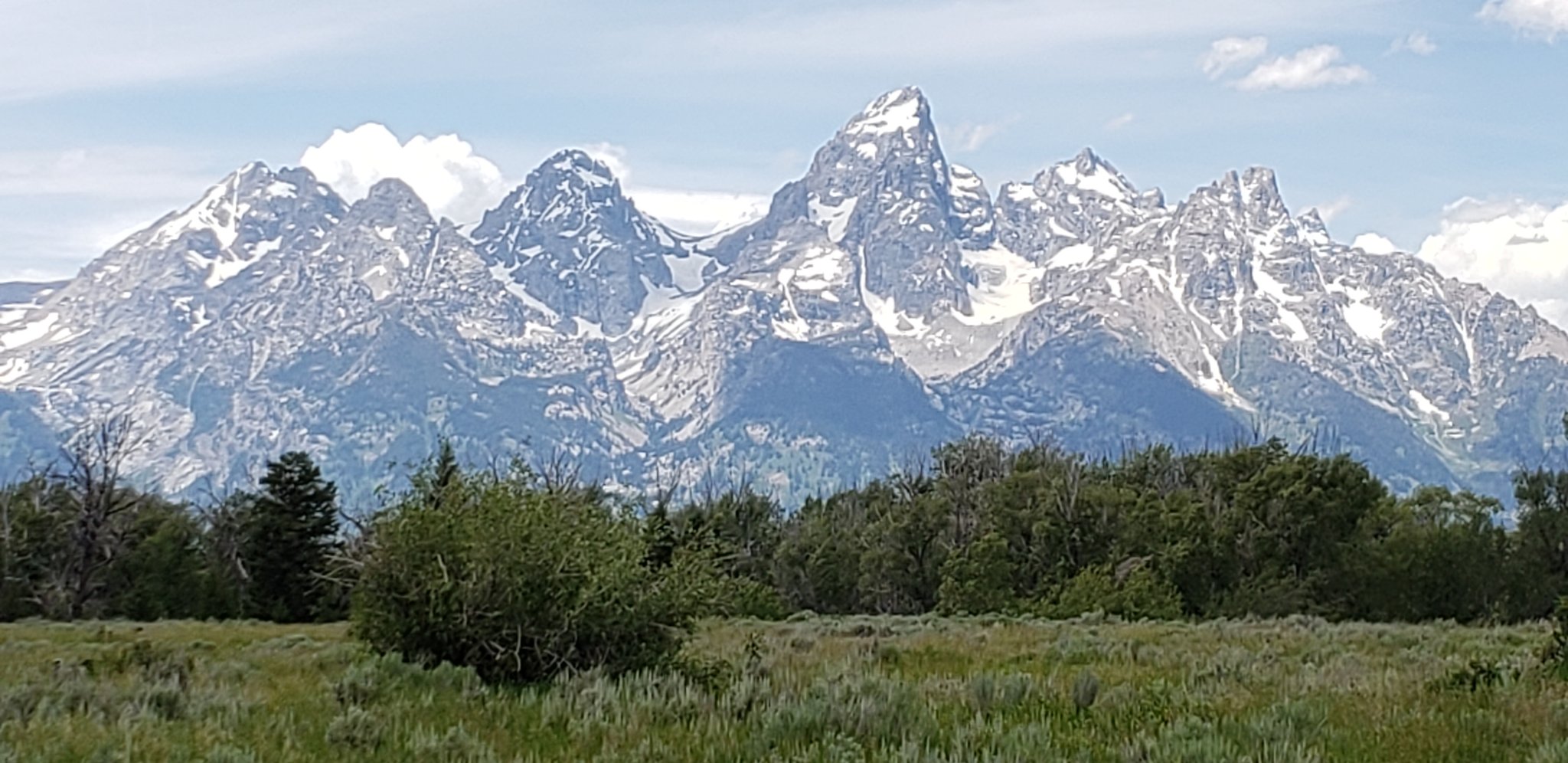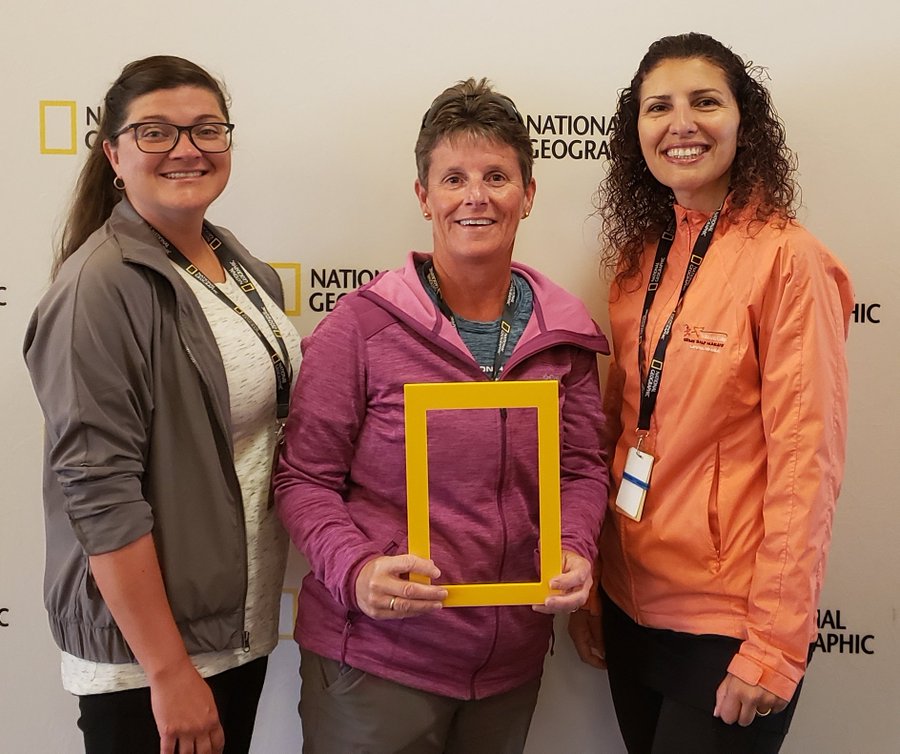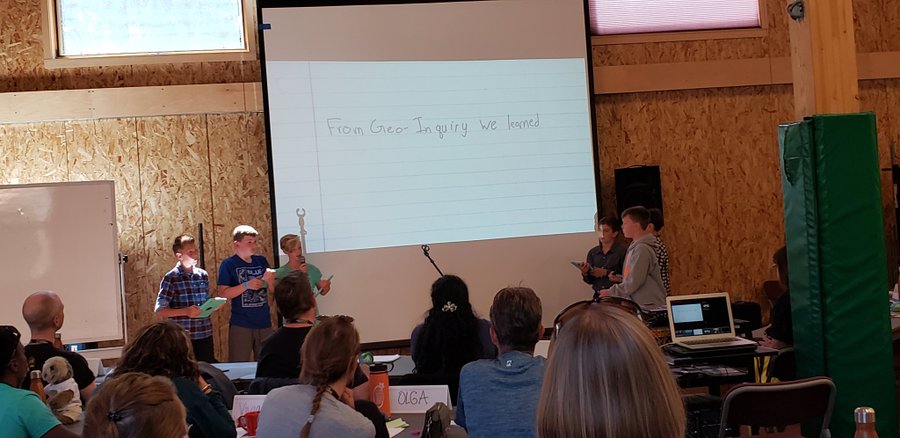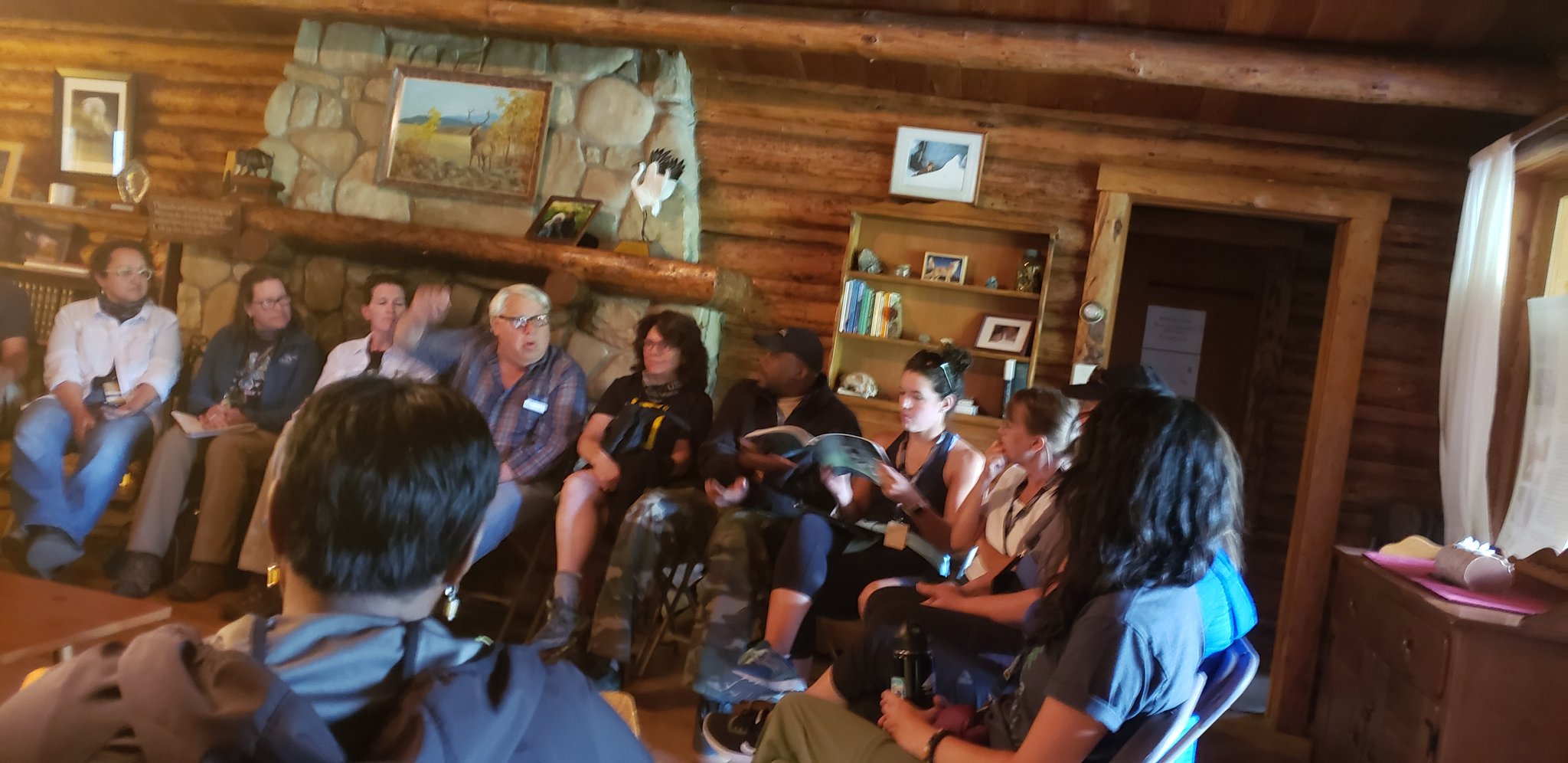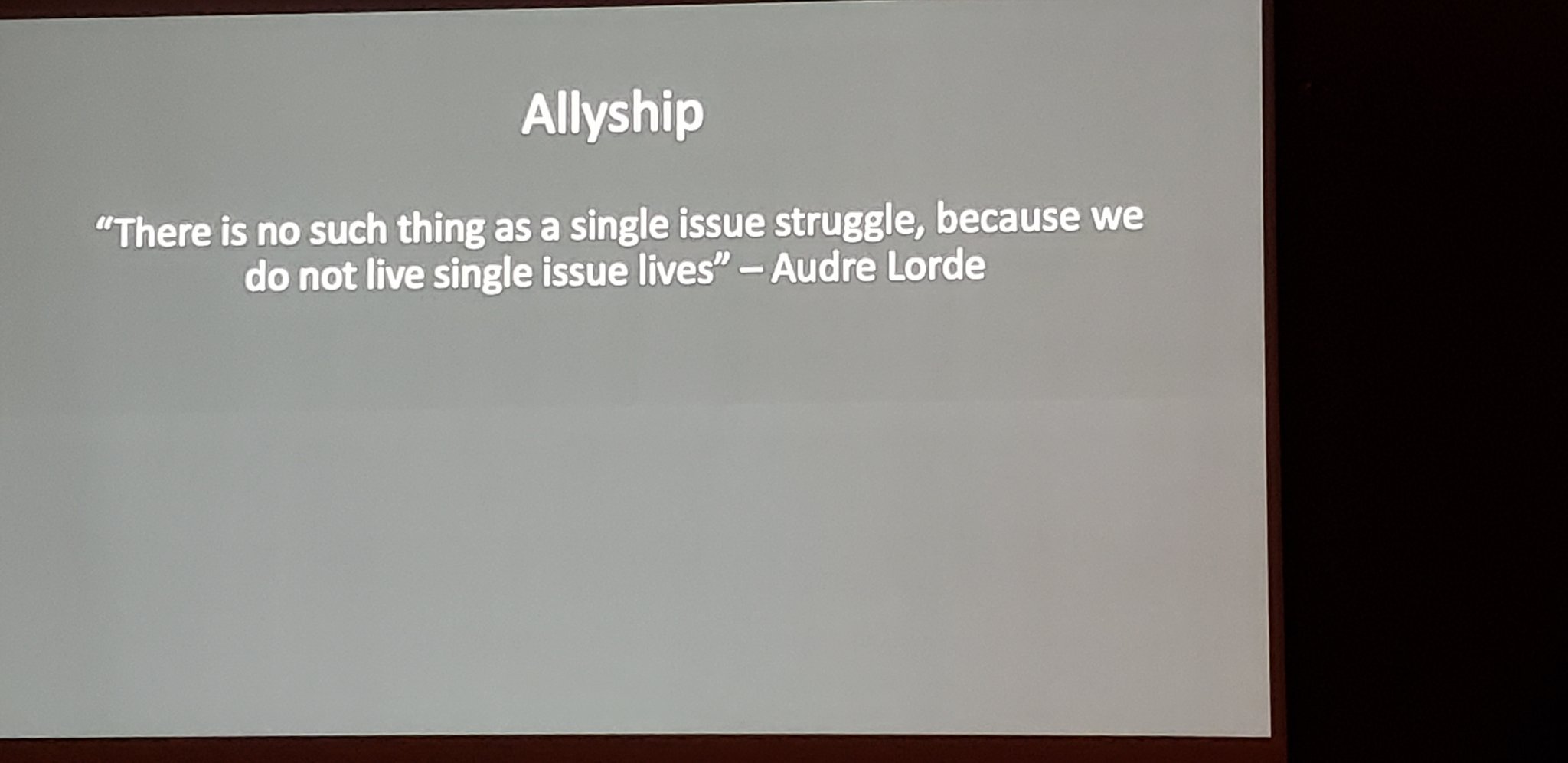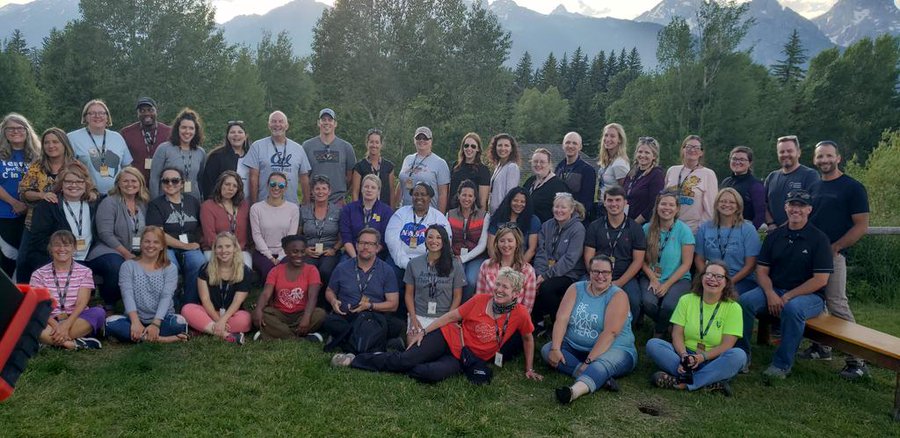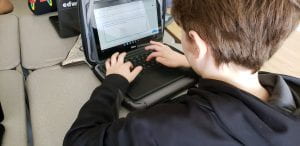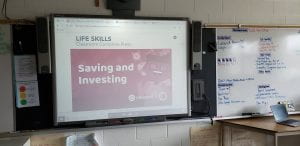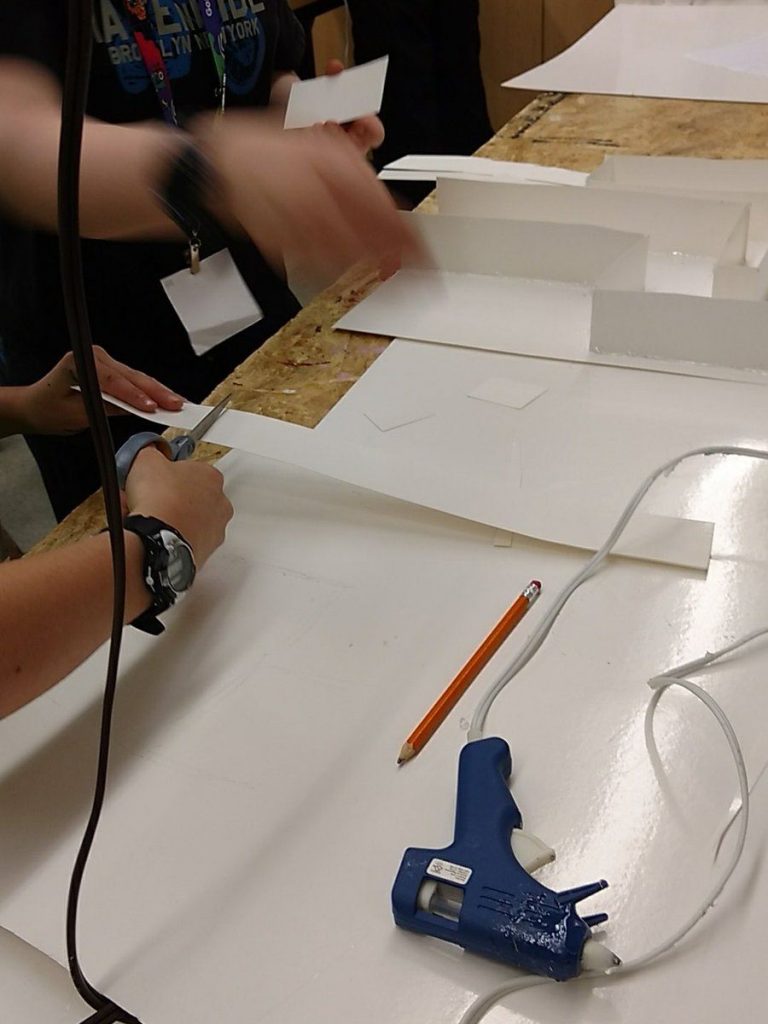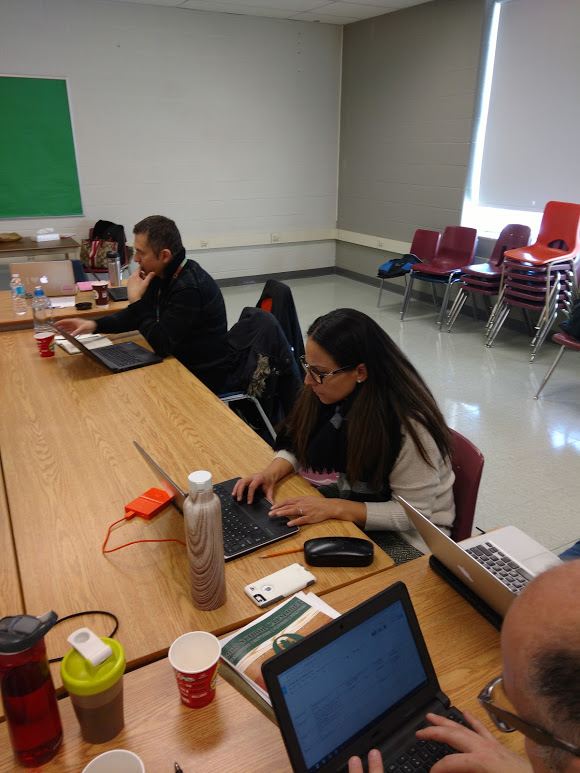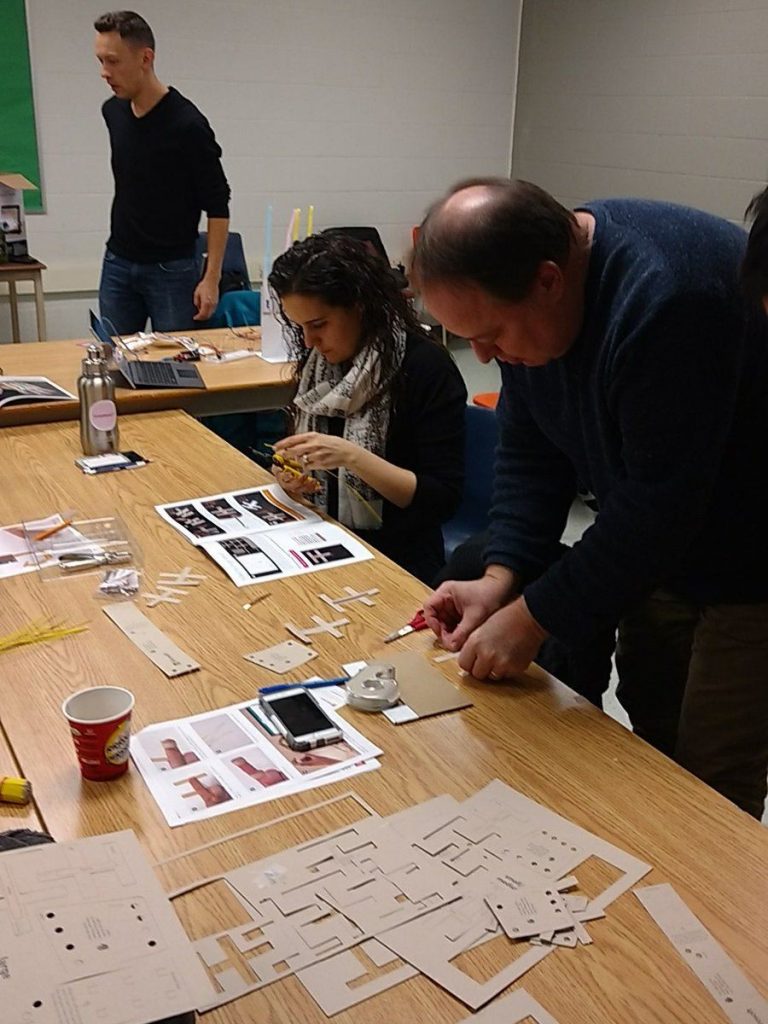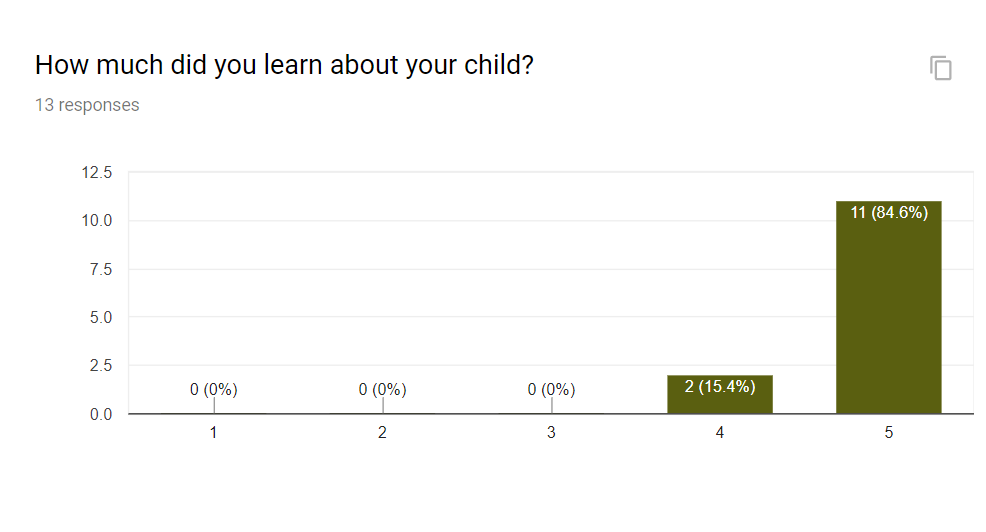After completing my National Geographic Certified Educator Course, GeoInquiry course and joining the National Goegraphic Educator Community, I became aware of a summer institute in Jackson, Wyoming. I applied and was accepted and this past July I had the opportunity to connect and learn alongside 50 amazing educators from the United States, Canada and Mexico, as well as National Geographic Education staff. It was an opportunity to deepen my understanding of the free resources offered by National Geographic Education, learn more about their apporach to outreach, as well as explore the Yellowstone ecosystem. It was a great balance of learning, connecting and exploration in an inspirational setting.
One of the highlights for me was collaborating and meeting many amazing educators from North America. I had the chance to meet fellow Canadians Sara Black and Janet Ruest from the the Royal Canadian Geographic Society. Sarah and Janet shared many of the resources available to me as an educator in Canada that are provided by the Candian Geographic Society such as large maps available for schoools to access.
As well, I had the opportunity to connect with Victoria Obenchain in person who was my mentor during my National Geographic Certified Educator course. I felt really grateful to be able to co-learn with teachers who demonstrated tremendous curiosity and wonder throughout the week and were so eager to learn and share.
Some of my favourite learning at the summer institute was about Bio-Blitz and the app i-Naturalist using an Easy-Macro from Rachael Polmanteer. A Bio-Blitz is an event that focuses on finding/identifying various species in a specific area over a short period of time. We even had the chance to learn about the Bio-Blitz dance from Willy Burford: a great introduction to a unit or just fun for some daily physical activity. i-Naturalist is a free App that allows you to map and share observations of biodiversity acrosse the world. These resources are something that I can see natural connections to in the Ontario curriculum in many areas including language arts, science and geography.
I also loved hearing Sheree Barton’s students speak about their experiences with the geo-inquiry process and the learning that took place in their classroom. It was evident how the learning experience and the geo-inquiry process empowered students and how much they had learned not only about the world, their environment but also about themselves. My favourite quote was when Sherree Barton noted how a student said: “The biggest thing I learned was about myself”. The Geo-Inquiry process is such a rich learning experience for students and fits so fluidly with current Ontario Curriculum and inquiry based learning environments. On a deeper level what I loved hearing was how student learned about themselves in the process and how it empowered them to become change agents in their local communities.
Another highlight was definitely exploring Yellowstone National Park, an area of 3,468 square miles of wilderness atop a volcanic hot spot. We had a chance to visit the famous Old Faithful and my favourite was the Grand Prismatic Spring the largest hot spring in the United States and the third largest in the world.
On one of our final days we had the chance to visit the Muirie Ranch and I was captivated by Docent Dan as he told the story and journey of the life of Olaus and Mardy Murie, Adolph Murie and his wife Louise. The Muries were committed to creating an ecological approach to wildlife management and conservation in Alasksa and in Wyoming. Their beautfiul story is an inspiration and Docent Dan had me captivated the entire time as he spoke and retold their beautiful story and shared the legacy they have created.
One of the messages that resonated with me most was that we can all do our part to live harmoniously with nature. In particular, I loved the quote below that hangs in the Murie home, a reminder to keep wonder and curiosity at the forefont of our classrooms and enjoy every second of our lives being open to the beauty that surrounds our world through presence and mindfulness.
On the last night, we had a chance to hear Dr. Rae Wynn-Grant a conservation scientist, large carnivore ecologist, nature storyteller, and advocate speak to us about her journey. She is a National Geographic Explorer and her presentation was inspirational and engaging. I appreciated her honesty, authenticity and connection to equity with the amazing work she is doing. She touched on the interconnectedness of the planet and of humans and was an amazing storyteller. In particular, I love the quote by Audrey Lorde that she ended with below.
Wyoming was truly a wonderful experience and one of the most amazing opportunities for professional development I have ever experienced! A special thank you to the amazing team from National Geographic Education who facilitated and organized this unique learning opportunity. In particular I would like to thank: Mary Ford, Melissa MacPhee, Alexandra Perrotti, Dani Davies, Ariel Simons, Carmen Ortiz, Travis Price, Sarah Van Duyn, Kim Hulse and Chris Hines. I look forward to taking more course and continuing to learn form the National Geographic Education community. If you have any questions or want to reach out and learn more about National Geographic Education community feel free to contact me. If you are a part of the commmunity I woud love to hear what you are doing with your students and learn from you.

